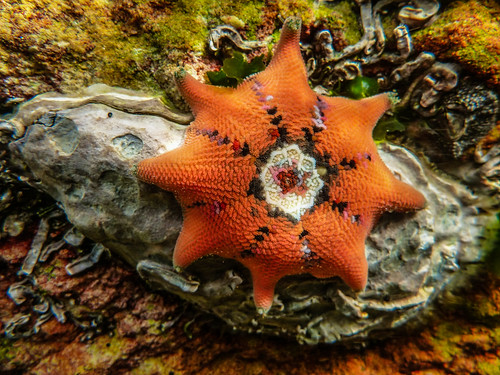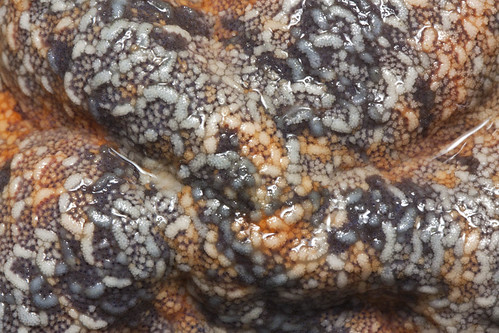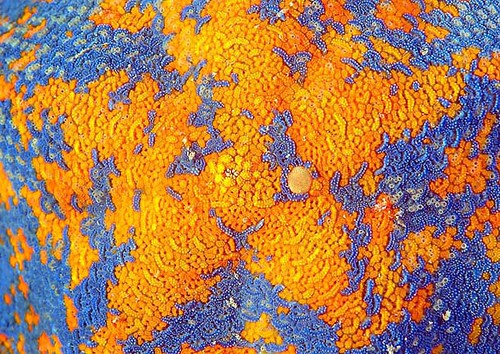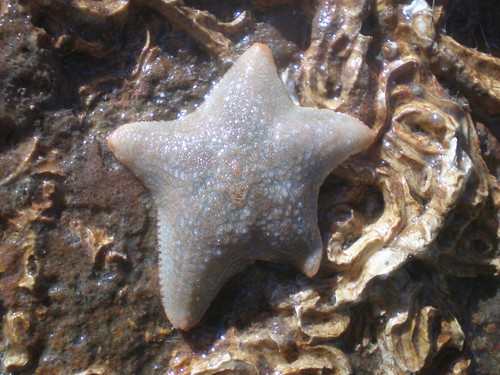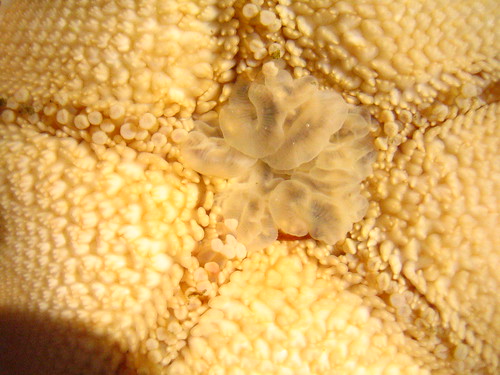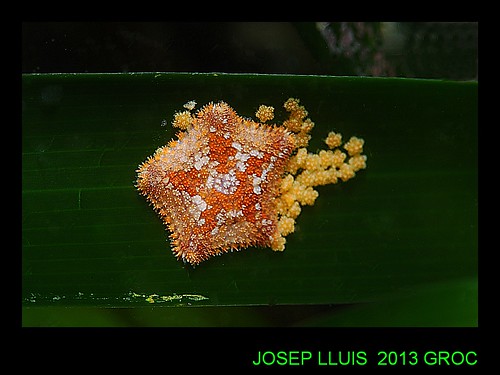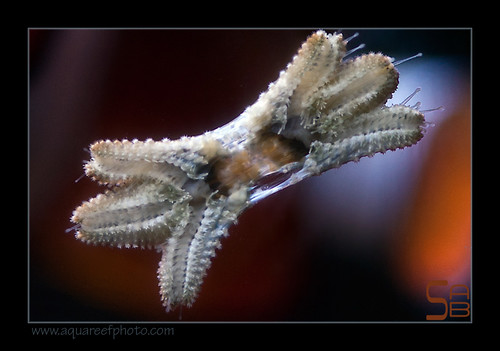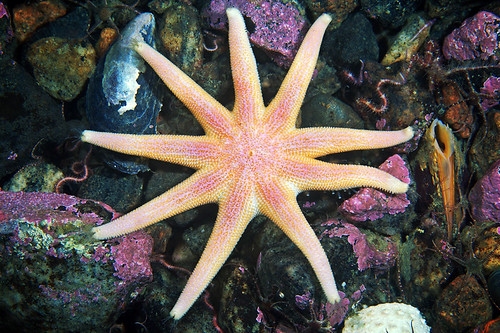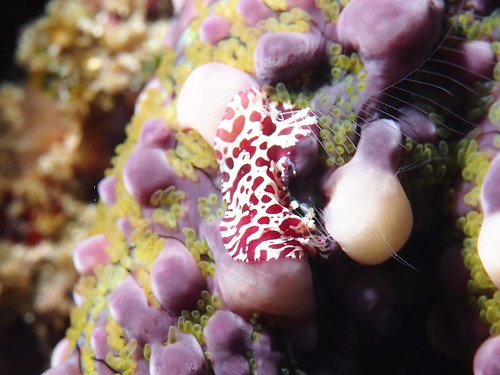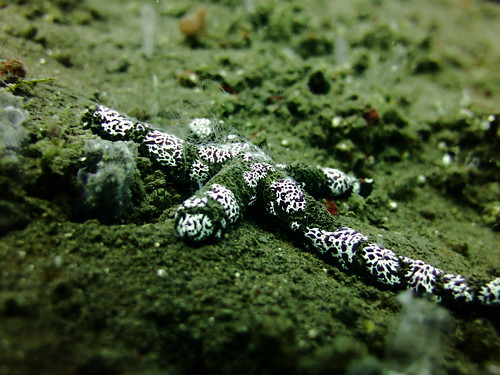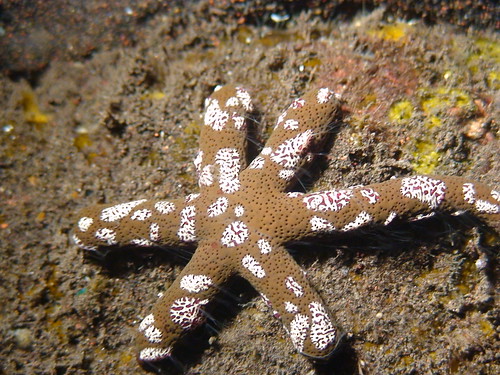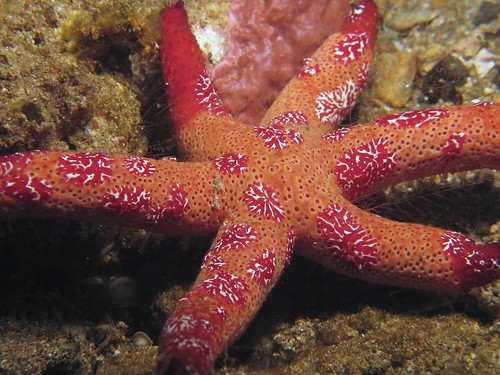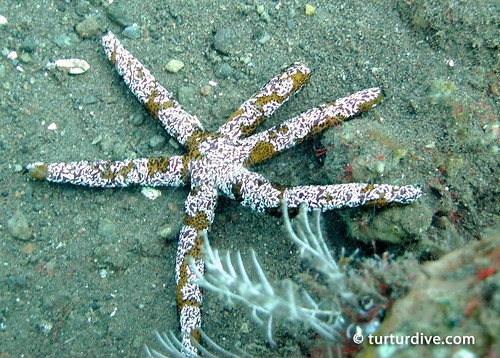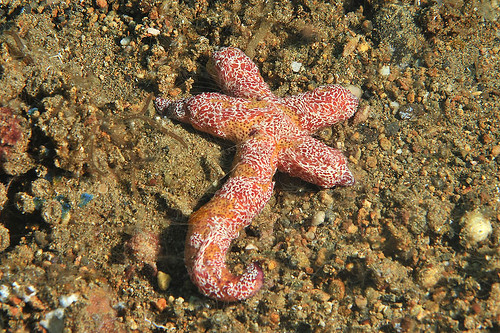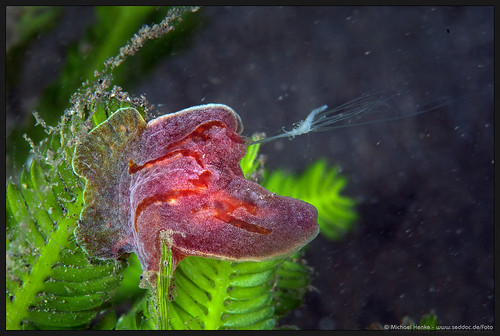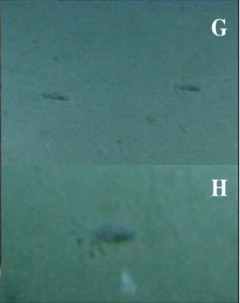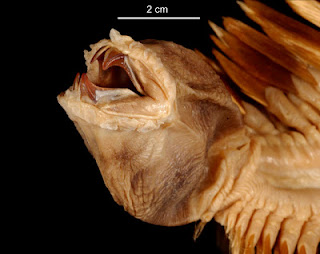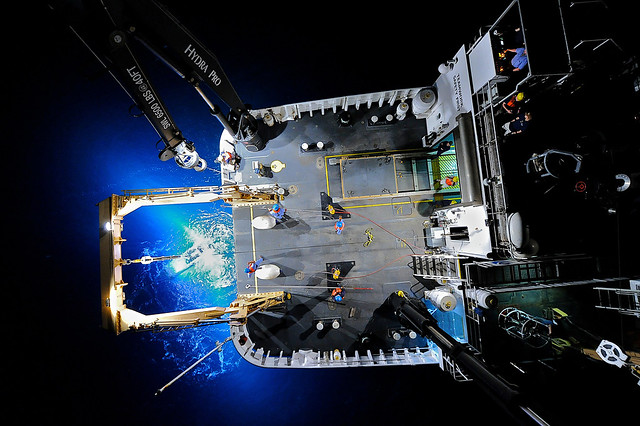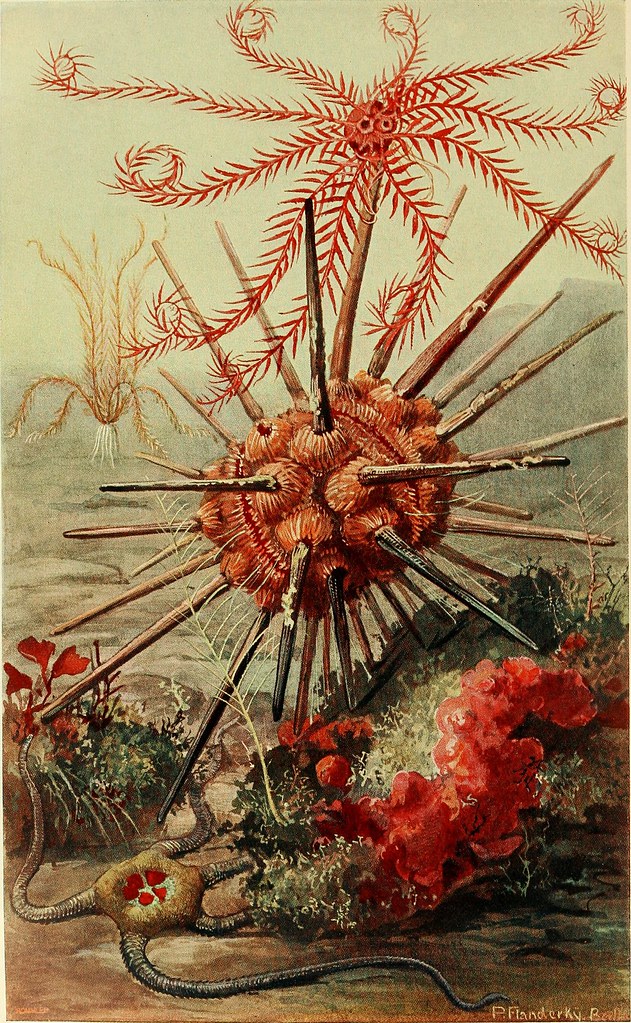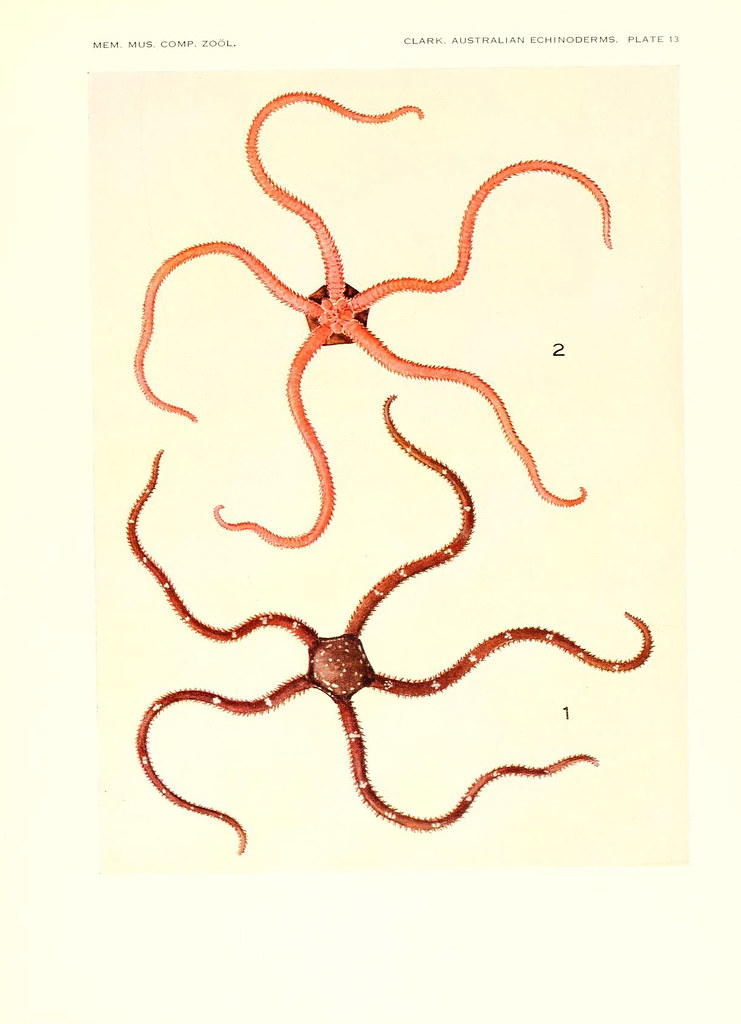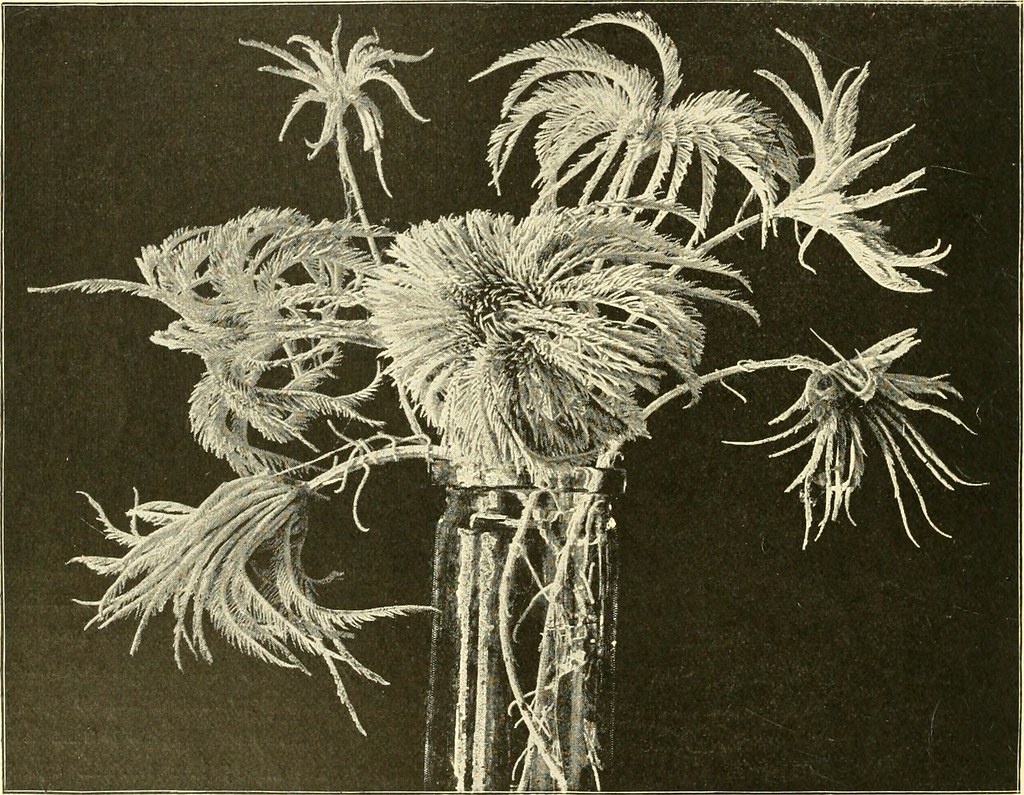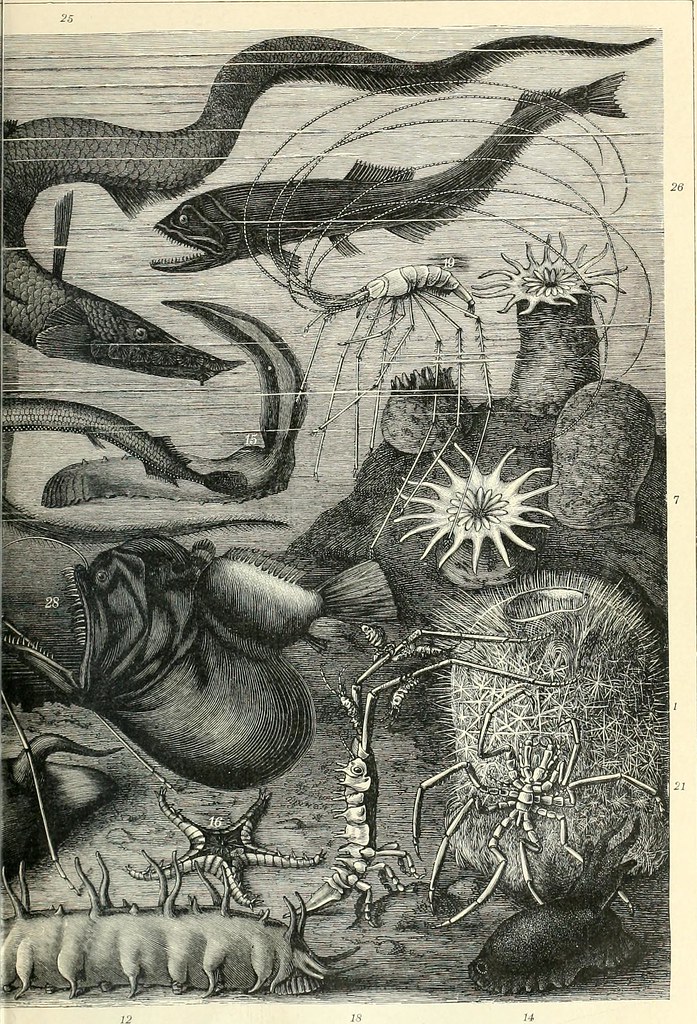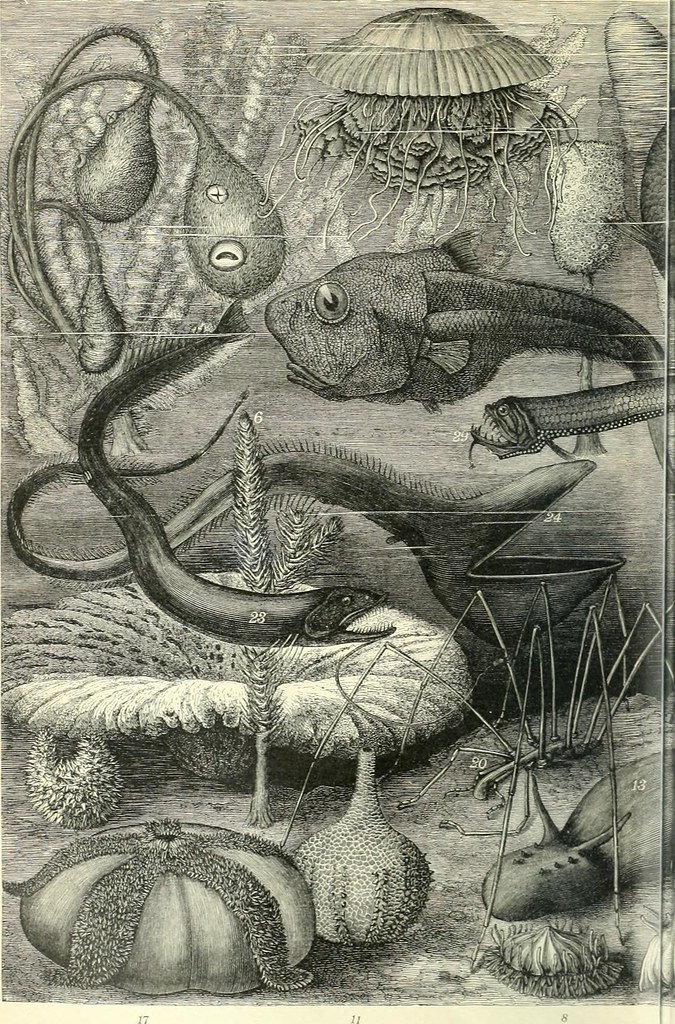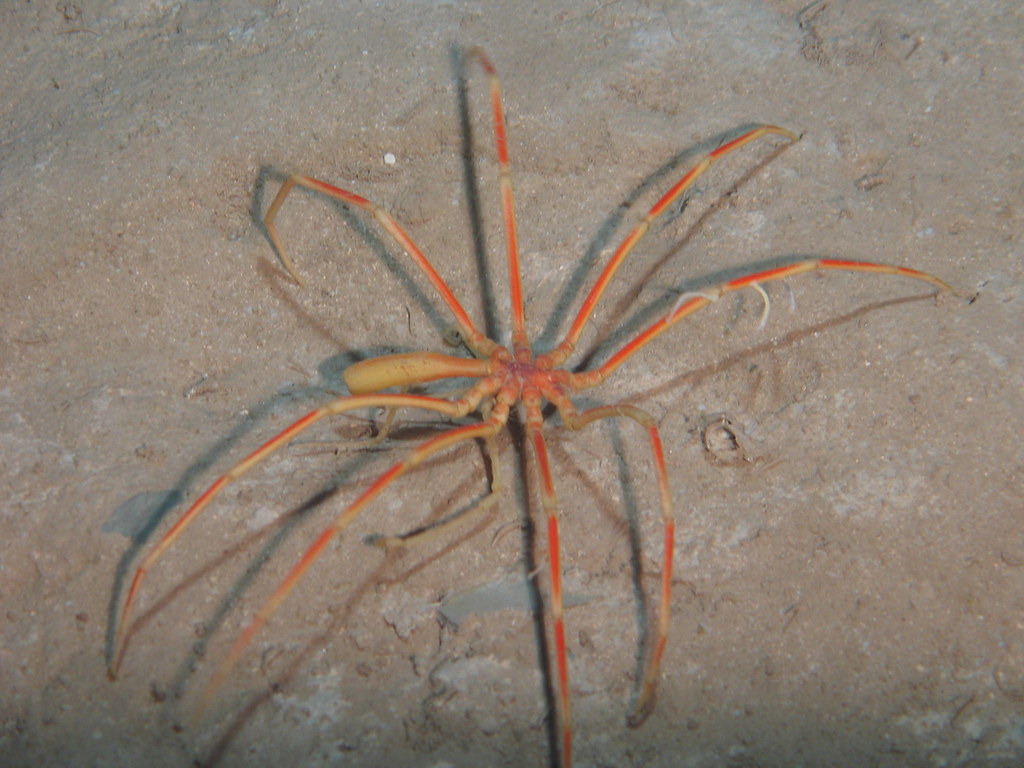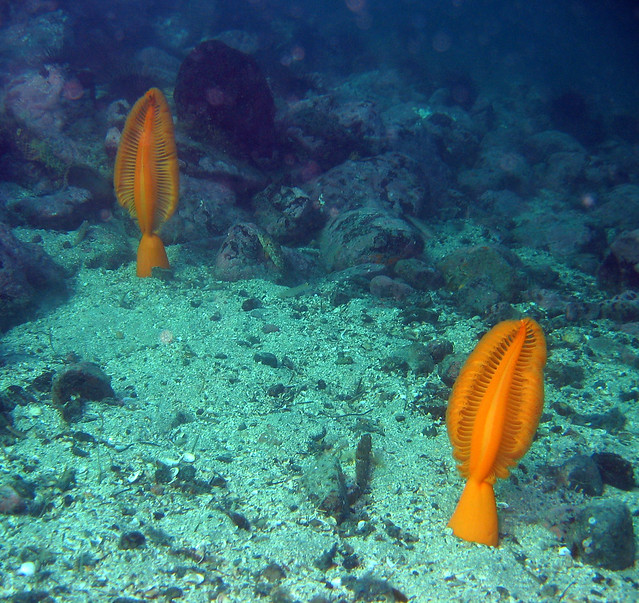It is May 5, 2015 as I write this. Thanks to a recent question from my Twitter followers (thanks @MissMolaMola!) I got it in my head that this month and indeed TODAY would be a great day to address one of the great fundamental questions in the evolution of echinoderms
WHY DO Echinoderms have FIVE PART (pentameral) SYMMETRY???
Adult echinoderms have one of the more unusual features among "higher" metazoans in that adults have a form of radial symmetry called 5 part or pentameral symmetry. So, not only is the body radiating from a central axis but it does so in increments of five. This is in stark contrast to most other animals which show bilateral symmetry: two sides with paired limbs on either side as well as a head with centralized sensory apparatus.
Most times, non-bilateral symmetry (radial and absence of symmetry) is associated with "lower" or simpler metazoans. Mainly sponges and cnidiarians (jellyfishes, corals, etc.). And indeed in much of the 19th Century echinoderms were considered as PART of this lower "grade"
of animals called the Radiata (more here).
But subsequent data over the centuries, first from development and later from DNA has verified without a doubt that echinoderms have complex tissues, organs and are actually more closely related to chordates (e.g., humans, fishes, etc.) than they are to "simple" animals. ALL adult echinoderms display radial symmetry (although as we'll see there is some modification).
So, therein begs the question: WHY go "back" to have a body type that is seen primarily in simpler animals?? and why five?
(and in science "why" means what is the evolutionary reason, there is no metaphysics at play..)
The answer to this question is... elusive. But here are some facts.
1. Larval Forms are Bilateral![]() |
| thanks to Dr. Allison Gong for the pic |
This is a fundamental part of echinoderm biology and part of what classifies them among the more complex animals.
ALL living echinoderms have a larval stage which is bilateral. These bilateral forms settle onto the sea bottom (or wherever) and develop pentameral symmetry as adults.
This is an important part of understanding their evolution, since life modes observed at these early stages can sometimes be reflective of the early evolutionary stages of these animals.
In this case, it shows that it shares the same morphology as other complicated animals in that it has bilateral symmetry in the same way that worms, arthropods, mollusks, and other "complicated" animals do.
Thus, pentameral symmetry is a SECONDARY characteristic "on top of" the "basic" bilateral symmetry. It had to acquire this feature during its evolutionary development. And so when we ask WHY do they have pentameral symmetry? We are also asking HOW/WHY did this unusual symmetry evolve in echinoderms??? Figuratively speaking, it adds an additional step to its evolution by appearing with this body form. What's the deal with that??
2. Are all adult echinoderms purely pentameral? You may suddenly realize "AHA! I GOT YOU! SOME echinoderms show kind of BILATERAL SYMMETRY AS ADULTS!" Don't they???
Um. Well, yes and no.
Two notable exceptions: "irregular" urchins and sea cucumbers. Both are unusual in that most are detritivores or process sediment for food. Therefore requiring movement in one direction.
Bilateral symmetry is associated with directed movement and so, its presence is often associated with organisms which show some kind of single-directed motion.
I've written
about "irregular" urchins here.. basically a bunch of skeletal modifications that are part of the morphology in sea urchins that live/feed on sediment...(again, motion in a single direction)
What happens in "irregular urchins is that yet ANOTHER "symmetry" is overlain/"added" over the radial symmetry.. So, these animals go from bilateral (as larvae)
and eventually develop bilateral symmetry IN ADDITION to pentameral symmetry... This is called SECONDARY bilateral symmetry.
![]()
Sea cucumbers show bilateral symmetry (right and left sides) along their worm-like bodies. Presumably, again because they have a life mode which requires them to show directed movement in order to feed.
But you can see this five-part symmetry along the longitudinal axis of the body.. down the mouth or looking up the anus! Here we have anal teeth nicely showing pentameral symmetry!! (
what are anal teeth? go here to find out)
So, all adult modern echinoderms show SOME kind of 5-part or pentameral symmetry. Even if it doesn't always look like it.
BUT was that ALWAYS the case????
3. Not all echinoderms were pentameral...I've mentioned in past blogs that the echinoderms of
the Paleozoic were mostly NOTHING like theyare today. Some such as
this helicoplacoid (which I wrote about here) were actually asymmetrical! Others, such as this carpoid echinoderm laid on the bottom with one side...
Belemnocystites wetherbyi by
avancna on
DeviantArtand indeed some of
the fossils which have been proposed as among of the oldest known echinoderms (e.g. Tribrachidium) show three-part symmetry...So, based on fossils like these, much of the older traditional paleontology suggested that echinoderms were evolving from different "grades" of symmetry.. 3-part to 5-part, etc.
Modern approaches including cladistics and more intensive scrutiny to characters were applied... and it turned out the "family tree" of echinoderm evolution was much more complicated than simply being different "grades" of symmetry....
Some of the oldest lineages look like they don't have pentameral symmetry but in some trees, asymmetry is an acquired characteristic. Something that evolves later rather than a feature of early echinoderms..
One of the lesssons from paleontology though: symmetry in echinoderms might be part of a changing/evolving body form through time rather than some discrete, adaptive event.
4. A crystalographic/developmental explanation? ![]() |
| from Nichols 1967 |
Perhaps one of the most involved explanations of pentameral symmetry which was applied to LIVING echinoderms came from a series of papers outlined by echinoderm biologist Dave Nichols in the late 1960s. He followed up on an original notion by a previous worker who pursued crystallographic arguments:
The pentagon is the only regular polygon for which the number of sides equals the number of diagonals...In all echinoderms whose development has been studied, the first plates to form include those at the apex of the animal-that is, at the pole opposite to the mouth. These plates are required to produce a body with basically a circular cross-section, and in order to reduce the planes of potential weakness across them, the sutures between them must be as few and as short as possible. Only with a pentamerous arrangement are these requirements satisfied. from Nichols 1967, New Scientist 14, pg. 547 (italics mine).
So, basically during development, Nichols arguments that the arrangement as seen above in "b"the
theoretical development of these plates that this is essentially the strongest arrangement of these plates. Four or six plate arrangements (a or c) presents a clear breakage plane whereas the 5-plate arrangement does not.
He goes on to apply this structural explanation to various living echinoderms, but
unfortunately, even Nichols admits, that this idea was experimentally untestable.5. Some insight from Evo-Devo! Some of the more intriguing clues into the "How did pentameral symmetry evolve?" are almost certainly going to be found from the field of "Evo-Devo", which is short for "Evolution & Development". A multidisciplinary field which integrates genetics and developmental biology. Which genes "turn on" or express certain characters??
One paper
by Arenas-Mena et al. (2000) from Andy Cameron's lab at the California Institute of Technology in Development shows expression of the
Hox cluster of genes in the purple sea urchin,
Strongylocentrotus purpuratus.
Basically, what this colorful digram shows is the gene represented by color and what part of the larval form is being "expressed" or developing in the larvae. So, there is easily a LONG description of how each gene triggers a different body cavity or other structure to be expressed or to be formed but long story short: These are all features "tracked" from a bilateral larvae which are observed in the pentameral body form.
There has undoubtedly been more work on this topic, but honestly, this was about all I was going to gather in the time I had and its a VERY involved field!
So, developmental perspectives give us SOME perspective into the process and its a start, but ultimately there remain a LOT of questions.
- Is pentameral symmetry evolutionarily adaptive?
- How is it relevant to the calcium carbonate skeleton? If at all?
- Under what conditions does pentameral symmetry evolve from an ancestral form with bilateral symmetry?
- How would this shift/expression be observed in early echinoderms? Like crinoids?
- Does the "5 part crystal stability" theory have any support?
Another fundamental aspect of echinoderms we know practically NOTHING about! Understanding of these types of evolutionary changes has important ramifications for many fields.. ecology, paleontology, developmental biology and even astrobiology!



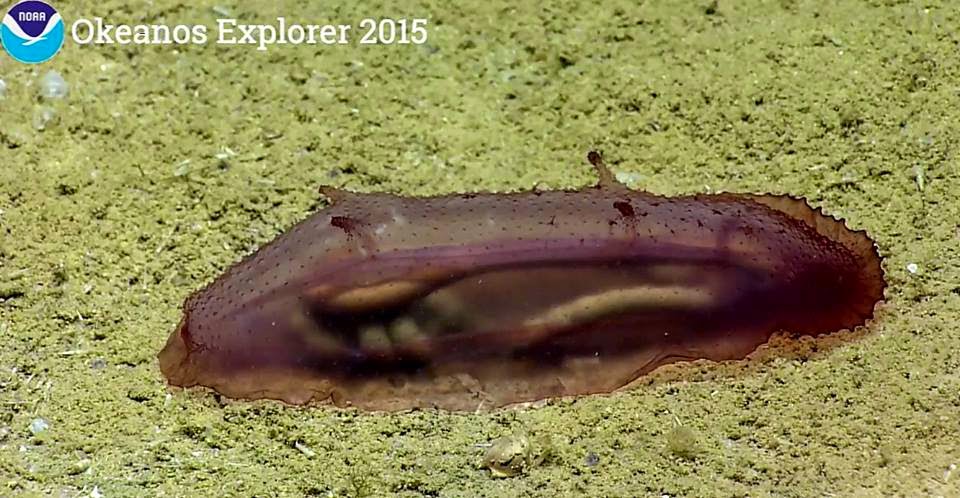


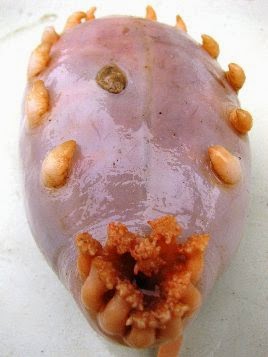



































![Asteroidia | Asterinidae | Patiriella calcar [Variegated Sea Star] - Flat Rock, Ballina, NSW](http://c1.staticflickr.com/9/8605/15718261567_bf8e2295d1_k.jpg)
